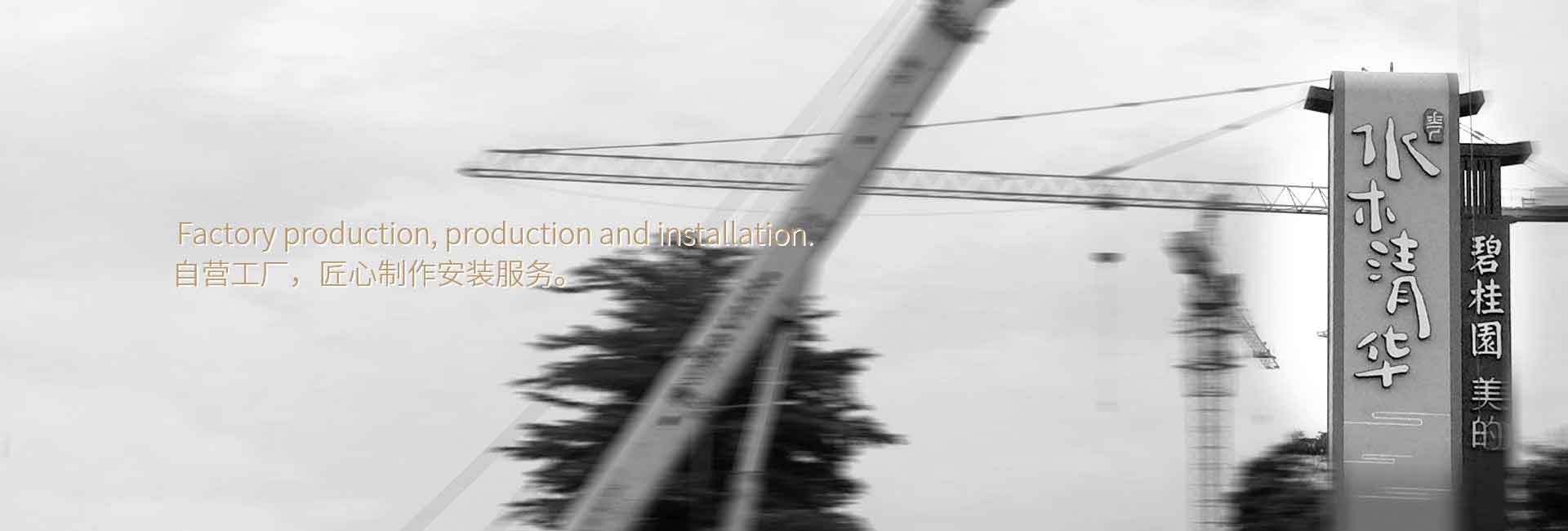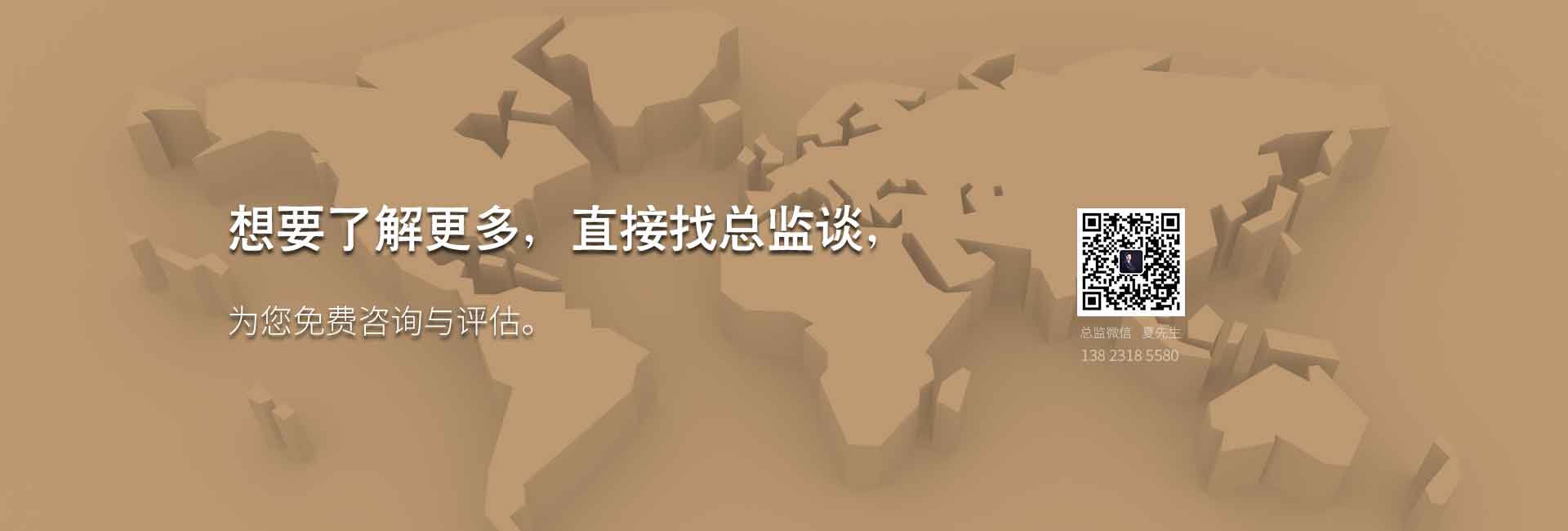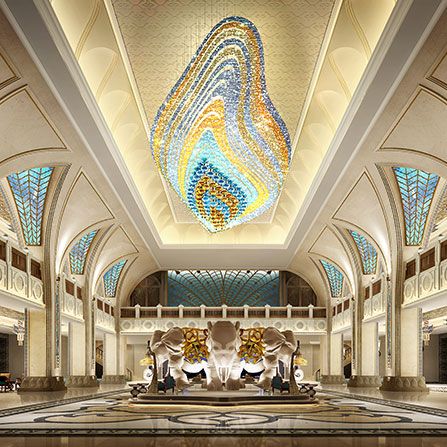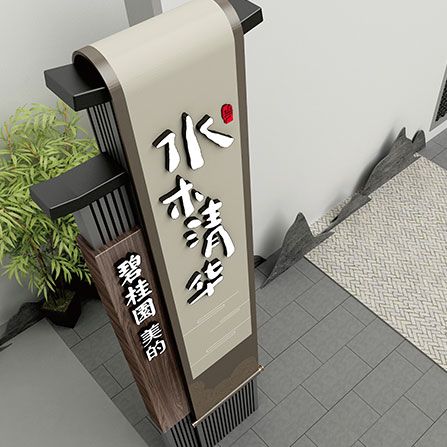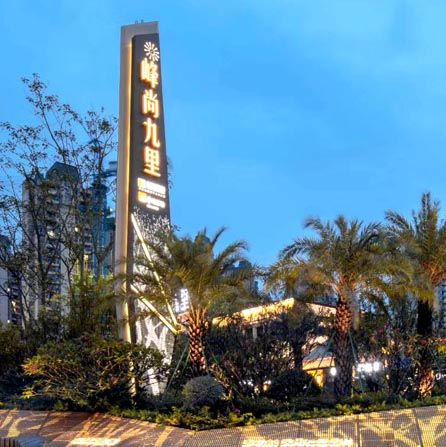Mastering Directional Signage Design: Strategies for Effective Wayfinding
What's the Big Deal About Wayfinding Design?
Ever walked into a mall or a museum and felt like you were in a maze? That's where wayfinding design comes in. It's like the GPS for your physical space, guiding you from point A to point B without breaking a sweat. But what exactly is wayfinding design, and why is it so crucial for any space that's meant to be navigated? Let's dive in and find out!
What is Wayfinding Design?
Wayfinding design is the art of creating a clear, intuitive, and efficient system for navigating a space. It's not just about signs and maps; it's about the entire experience of moving through a place. Think of it as the invisible hand that leads you through the labyrinth of a shopping center or the complex layout of an airport.
Why is it Important?
Here's the deal: good wayfinding design can make or break a space. If it's done right, it can enhance the user experience, increase customer satisfaction, and even boost sales. But if it's done wrong, it can lead to frustration, confusion, and a whole lot of wasted time. Let's break down the key reasons why wayfinding is so important:
Navigation Made Easy: A well-designed wayfinding system ensures that people can find their way around without stress. It's like having a friendly guide whispering directions in your ear.
Brand Image: Your space's wayfinding design is a reflection of your brand. A sleek, modern system can make your space look professional and cutting-edge, while a cluttered, confusing one can make it look outdated and unorganized.
Customer Satisfaction: When people can navigate a space easily, they're more likely to enjoy their experience. Happy customers are repeat customers, and repeat customers are good for business.
Efficiency: A good wayfinding system can save time and resources. People can get where they need to go faster, which means less waiting and more productivity.
Key Elements of Effective Wayfinding Design
Now that we know why wayfinding is important, let's talk about what makes a great wayfinding design. Here are some key elements to consider:
Consistency: Your wayfinding system should be consistent throughout the space. This means using the same colors, fonts, and symbols to avoid confusion.
Clarity: Signs and maps should be easy to read and understand. Avoid using jargon or overly complex language.
Visibility: Make sure your wayfinding elements are visible from a distance. This includes using bright colors, large fonts, and high-contrast designs.
Accessibility: Consider the needs of all users, including those with disabilities. This might involve using tactile maps or providing audio guidance.
Integration: Your wayfinding system should integrate with other elements of the space, such as lighting, flooring, and furniture, to create a cohesive experience.
Common Mistakes to Avoid
While we've covered the basics of what makes a great wayfinding design, there are also some common mistakes to avoid. Here's a rundown:
Overcomplicating: Don't try to do too much with your wayfinding system. Keep it simple and straightforward.
Ignoring Accessibility: Always consider the needs of all users, including those with disabilities.
Not Testing: Before finalizing your wayfinding design, test it out with real users to see if it works well in practice.
Not Keeping Up with Trends: While it's important to maintain a consistent look, it's also important to keep up with current design trends to ensure your space stays relevant.
Case Studies: Wayfinding Design in Action
Let's take a look at some real-world examples of wayfinding design in action:
New York City Subway: The NYC subway system is a maze in itself, but its wayfinding design is top-notch. Clear maps, easy-to-read signs, and consistent branding make it easy for riders to navigate the complex network.
Apple Stores: Apple's retail stores are known for their minimalist and elegant design, and their wayfinding system is no exception. Simple, clean signs and intuitive layouts guide customers through the store with ease.
Heathrow Airport: Heathrow's wayfinding system is a masterpiece of efficiency and clarity. With clear maps, easy-to-read signs, and helpful staff, travelers can find their way through the airport with minimal stress.
How to Get Started with Wayfinding Design
So, you're ready to create a wayfinding system for your space, but where do you start? Here's a step-by-step guide:
Define Your Goals: What do you want to achieve with your wayfinding system? Is it to improve navigation, enhance the user experience, or both?
Understand Your Audience: Who will be using your space? Consider their age, abilities, and familiarity with the area.
Conduct Research: Look at other wayfinding systems to get inspiration and learn from their successes and failures.
Design Your System: Create a plan for your wayfinding elements, including signs, maps, and other navigational aids.
Test Your System: Before finalizing your design, test it out with real users to see if it works well in practice.
Implement and Maintain: Once your wayfinding system is in place, maintain it regularly to ensure it stays effective and up-to-date.

圖片由人和時代CRT標識設計集團提供
Conclusion
Wayfinding design is a crucial element of any space that's meant to be navigated. By creating a clear, intuitive, and efficient system, you can enhance the user experience, increase customer satisfaction, and even boost sales. So, don't let your space get lost in the maze. Invest in a great wayfinding design, and watch as your space comes to life!

人和時代設計
品牌設計、VI設計、標識設計公司
標識導視資料百科
Signage Information Encyclopedia
Mastering Directional Signage Design: Strategies for Effective Wayfinding2025/05/12
全球視野下的導視設計典范解析2025/05/12
景觀導視設計 打造導覽藝術與功能融合的視覺指南2025/05/12
VI導視系統設計費用解析與預算指南2025/05/12
視覺導視系統設計 跨越國界 引領導視藝術新潮流2025/05/12
樓層導視設計 打造清晰指引的藝術與科學2025/05/12
導視系統設計案例解析 創新與實用并重的視覺導引藝術2025/05/12
導視系統設計 打造高效導航的藝術與策略2025/05/12
導視系統設計清單 打造高效導航的藝術指南2025/05/12


